Key Highlights
- SCADA continues to play a significant role in real-time data collection and process control.
- IIoT is an extension of SCADA.
- Broader adoption of IIoT within SCADA frameworks is slowed by risk management concerns, licensing complexity and the lack of clearly justified use cases.
I may be biased because I work in the process control industry, but supervisory control and data acquisition (SCADA) technology is core to the future. I explained why SCADA is essential for real-time data collection in my October 2023 column, where I talked about the evolution of SCADA and how modern systems evolved from data aggregators to data orchestrators. I also wrote about SCADA in December 2020, where I talked about the ISA-112 SCADA standard, including “Part 1—SCADA Lifecycle, Diagrams and Terminology” that should publish by the end of the year.
My argument, introduced in 2023, is that the Industrial Internet of Things (IIoT) is SCADA by another name. Why?
SCADA is normally considered as restricted to the operations technology (OT) domain, collecting data from local machines and sensors for immediate, real-time operator control. However, the resulting data hasn’t been limited to that domain for 20 years, with demilitarized zones (DMZ) and cybersecurity enabling integration with the enterprise layers, including cloud-based applications.
SCADA requires upfront investment, ongoing maintenance and licensing fees, making it costly for large-scale or highly distributed organizations. The Open Process Automation Standard’s (O-PAS) model is a partial step to change this paradigm by reducing hardware dependence, while maintaining traditional, centralized control, and associated designs and licensing requirements.
By using cloud and edge technologies to gather data from multiple sites and types of equipment for centralized analysis, IIoT extends process data gathering. It incorporates secondary and tertiary data sources to leverage cloud infrastructure and open-source software at reduced, per-point costs, potentially making enterprise-wide deployment more feasible for modern industrial operations. Payment is for cloud data processing, which is a more scalable, pay-for-use model than SCADA. With pure, roll-your-own IIoT, there’s less support, and far more permutations and uncontrolled elements than with traditional SCADA.
IIoT provides dynamic scalability compared to SCADA systems, which tend to be based on dedicated I/O interfaces, once the necessary infrastructure such as gateways and cybersecurity capabilities is in place. Because IIoT capabilities are software-configured and use a limited set of protocols, each point is less costly than traditional systems. This allows rapid integration of new devices, using cloud-based architectures to provide connectivity for expansion across sites.
Risk management, licensing and lack of clear use cases to justify investments to support integrating IIoT as part of facility operating systems are what hold back expanding the SCADA envelope to include IIoT.
Get your subscription to Control's tri-weekly newsletter.
Some typical use cases for IIoT and SCADA integration are:
Predictive maintenance. The most referenced application collects high-frequency, granular data on measurements, such as vibration, temperature, acoustics and power consumption. It feeds the data to a platform that uses machine learning (ML) models to analyze patterns, so the system can predict potential equipment failures day or weeks in advance.
Energy management and optimization. Power meters and sensors are installed on machines, production lines or sections of a plant, and their resulting data is analyzed to identify energy-use patterns, peak loads and waste. This information is also integrated back into the SCADA/HMI, so operators can see real-time energy use, and make informed adjustments to control processes by shutting down equipment during off-peak hours or optimizing production schedules to reduce energy costs.
Smart automation and control. Additional data from IIoT sensors can support a digital twin of a process or asset. This virtual model analyzes real-time data to simulate different scenarios, and identify optimal control settings, which can be pushed back to the SCADA system's controllers to adjust the process to self-optimize, continuously improving its efficiency, yield and energy consumption.
Remote monitoring. For assets in remote or difficult-to-access locations where a physical presence is required for inspections and diagnostics, IIoT sensors with wireless connectivity (cellular, satellite) can monitor the assets. This data is transmitted to the SCADA system and IIoT platform for real-time monitoring and analysis. Operators can diagnose issues and troubleshoot problems from a central location without needing to be onsite.
Enhanced operational visibility and data analysis. IIoT gateways and platforms can collect data from both the SCADA system's PLCs and new IIoT sensors. Data is sent to a cloud-based or on-premise platform, where it’s unified, contextualized and analyzed. Managers and engineers can access key performance indicators (KPI) and dashboards from anywhere, on any device. The combined data provides a single source of truth for the entire operation, enabling data-driven decisions that improve efficiency, quality and productivity.
Building or extending traditional SCADA boundaries beyond the conventional SCADA space to support AI-driven analytics, predictive maintenance and autonomous decision-making expands the potential for process optimization.
About the Author


